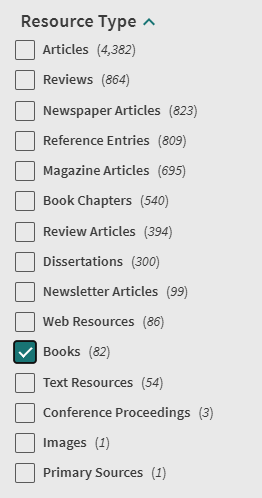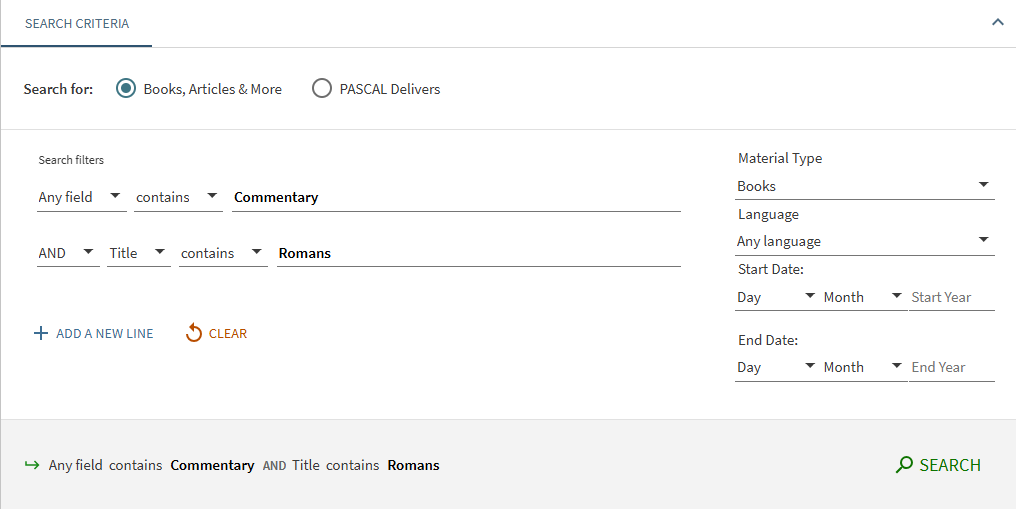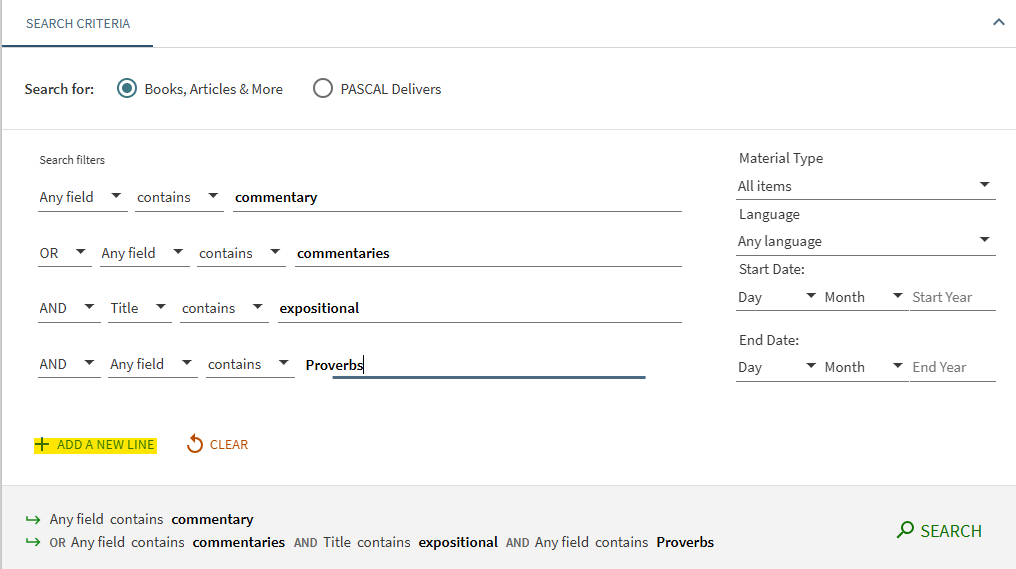It is easy to be overwhelmed by the variety of commentaries available for Bible Study. There are five main types of Bible commentary, each of which has a unique emphasis. Which commentary you choose depends on your personal and academic needs.
Thrift library provides access to a variety of types to ensure that you have access to the information you need when you need it.
 Exegetical Commentaries
Exegetical Commentaries
Also known as Critical Commentaries, these are intended for advanced study with significant consideration of the original languages and engagement with other scholarly writing., often offering a systematic explanation of the texts. They're ideal for understanding the human author's intended meaning of the text, while also providing extensive explanation for problem passages and interpretive debates.
Examples:
- The International Critical Commentary on the Holy Scriptures of the Old and New Testaments - T. & T. Clark
- Erdman's Critical Commentary - Eerdmans Publishing Co.
 Expositional Commentaries
Expositional Commentaries
These are intended to explain the meaning of the text and help the reader make personal applications. They're ideal for preaching and teaching and are often used by pastors for sermon preparation. While these commentaries contain some scholarly content, and can be useful for academic papers, they are also written in simple language and are accessible to most readers, regardless of prior knowledge.
Examples:
- The Bible Exposition Commentary - Warren Wiersbe
- The New Testament Library - Westminster John Knox Press
 Cultural/Historical Commentaries
Cultural/Historical Commentaries
These are intended to help the reader understand key cultural and historical information surrounding the biblical text. They may also explain social or rhetorical features of the text. They're ideal for understanding the background of the text, especially regarding its original recipients and authors.
Examples:
- The IVP Bible Background Commentary - Intervarsity Press
- Zondervan Illustrated Bible Backgrounds Commentary - Clinton E. Arnold
 Theological Commentaries
Theological Commentaries
These commentaries highlight doctrinal and theological concepts and can vary based on the beliefs of the authors/contributors. They often focus on the relationship between passages (intertextuality) and can cite extra-biblical texts such as the apocrypha and the writings of Church Fathers. They are useful in studying the theological differences between various religions and Christian denominations.
Examples:
- Belief: A Theological Commentary on the Bible - Westminster John Knox Press
- Anchor Yale Bible Commentary - Yale University Press
 Devotional Commentaries
Devotional Commentaries
These are written in a non-scholarly tone and often intended for use by individuals during their personal devotions/Bible study. They are intended to assist the reader in the personal walk with the Lord and emphasize personal application. While these are included in library holdings and can be a helpful tool for personal study, they are not recommended for academic research and citation.
Examples:
- Focus on the Bible Series - Christian Focus Publishing
- The Bible Speaks Today: Bible Themes Series - InterVarsity Press



